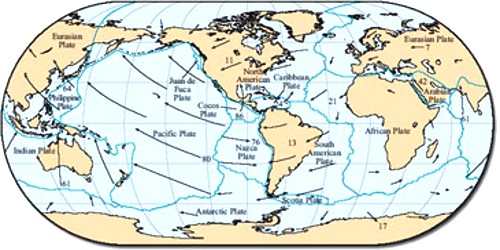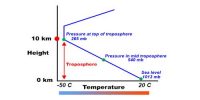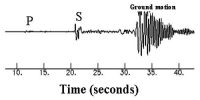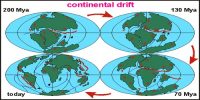Force for the Plate Movement
At the time that Wegener proposed his theory of continental drift, most scientists believed that the earth was a solid, motionless body. However, concepts of seafloor spreading and the unified theory of plate tectonics have emphasized that both the surface of the earth and the interior are not static and motionless but are dynamic. The fact that the plates move is now a well-accepted fact. The mobile rock beneath the rigid plates is believed to be moving in a circular manner. The heated material rises to the surface, spreads and begins to cool, and then sinks back into deeper depths.
This cycle is repeated over and over to generate what scientists call a convection cell or convective flow. Heat within the earth comes from two main sources: radioactive decay and residual heat. Arthur Holmes first considered this idea in the 1930s, which later influenced Harry Hess’ thinking about seafloor spreading. The slow movement of hot, softened mantle that lies below the rigid plates is the driving force behind the plate movement.















